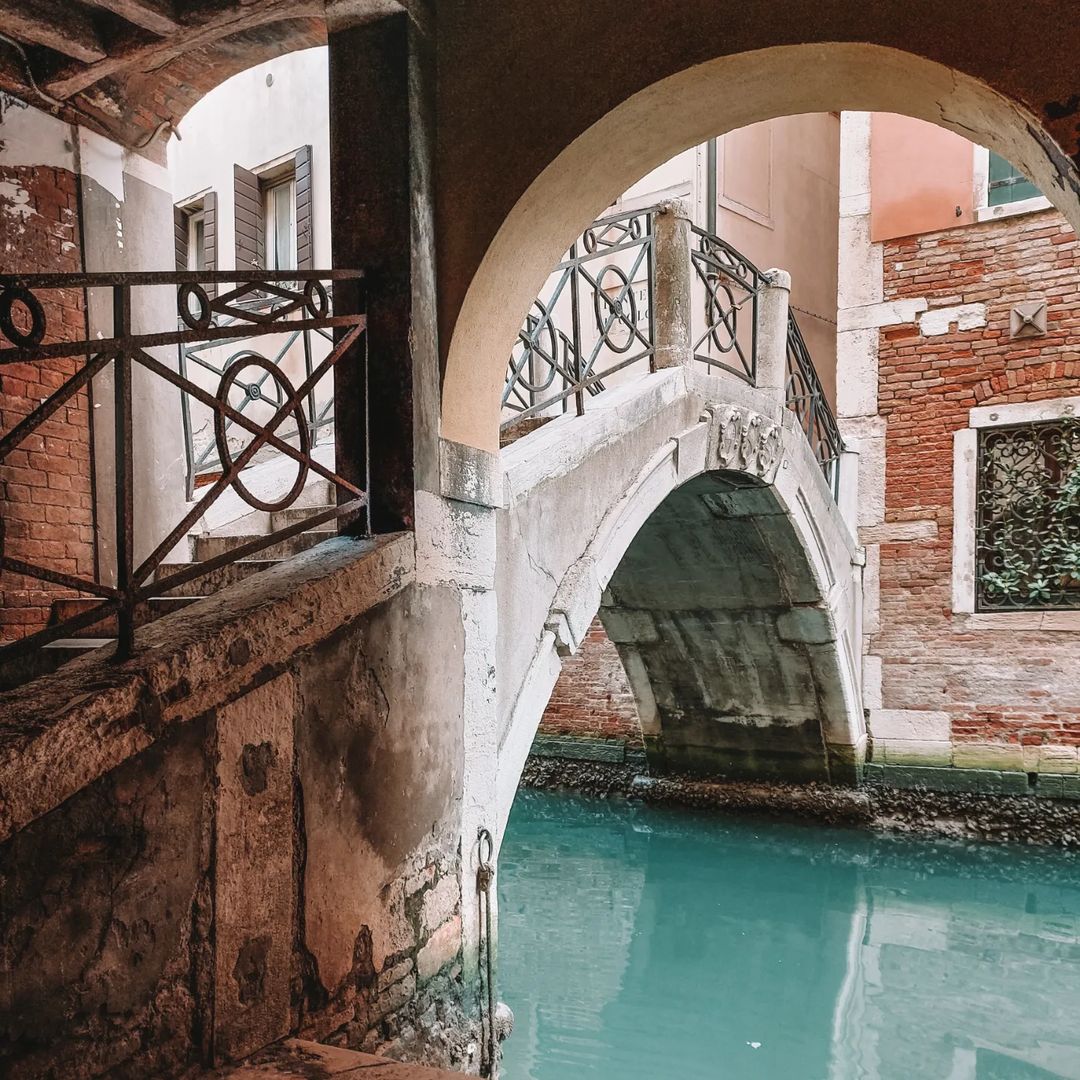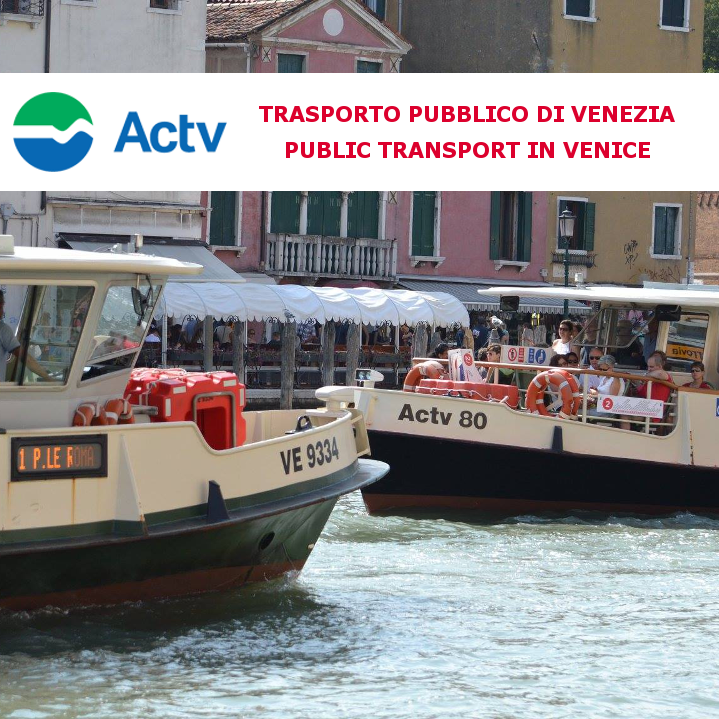You are here
Vademecum for living Venice in a sustainable way
VADEMECUM FOR LIVING VENICE IN A SUSTAINABLE WAY

TIPS FOR SLOW AND LOW-IMPACT TOURISM
What is it like to live in Venice? The best way to find out is to stop being a simple tourist and become a true Venetian, a 'temporary citizen' for at least two or three days, to come into direct contact with the places, experiences and people of the most authentic and lesser-known Venice. And perhaps turn your stay into a real sustainable journey.
There are many ways to feel part of the city, savour its life, and contribute, in the perception of its profound value, to keeping its beauty intact. Here are a few ideas.

ph. @murinudinvenice via Instagram
REDUCE WASTE AND WATCH OUT FOR SEAGULLS
Staying among the calli, canals and campielli is a truly unique experience, it means feeling part of the city, savouring its life, and contributing, in the perception of its profound value, to keeping its beauty intact. There are many ways to do this. Paying attention to the waste we produce is certainly one of them. Don't leave anything on the streets or in the canals while visiting the city, there are plenty of bins where you can throw your rubbish.
If you are staying in a flat in Venice and on the islands of Giudecca, Burano and Murano, you can bring your rubbish bags (according to the waste collection calendar) to one of the collection points; alternatively, you can wait for the garbage collector to ring the doorbell. This system makes it possible to limit the negative effects of the assiduous presence of seagulls in the city (here are the other behaviours to adopt for better coexistence with seagulls).

ph. Comune di Venezia
FILL YOUR WATER BOTTLE WITH WATER FROM VENICE'S FOUNTAINS
To reduce disposable plastic and travel more sustainably, we can equip ourselves with a reusable bottle and fill it up at the fountains we come across in the city, about a hundred of them: here is a map of Venice's fountains.
We will always have fresh water available, safe and free: Venice's water is among the best in Italy!
Even at the table, tap water is always preferable: it is cheaper and produces no waste to dispose of.
A fan fact: some of the fountains have a spout in the shape of a lion or dragon's head, while others are column-shaped, reminiscent of the ancient 'palina de casada', a mooring post once reserved for Venetian nobles.

ph. Comune di Venezia
WALKING AROUND THE SESTIERI OUTSIDE THE USUAL ROUTES
When possible, why not walk around the city?
If you are looking for suggestions for looking at Venice from a different point of view take a look at these walks off the usual tourist routes.
Most of the calli are so narrow that there is only room for two or three people, sometimes just one!
That is why in Venice it is a good rule to always walk keeping to the right and, when necessary, in a line for one.

SHOPPING AMONG ARTISAN SHOPS AND ZERO-KILOMETRE MARKETS
Wandering around market stalls and shops is a great way to immerse yourself in the life of the city.
Everyone knows the Rialto market, for more than a thousand years home to the fish and fruit and vegetable market. But there are also farmers' markets where you can buy seasonal food and zero-km products, and organic and fair-trade markets such as the vegetable stall at the women's prison on the Giudecca.
Are you on the hunt for a souvenir truly made in Venice? Give preference to handmade creations, for example those made in the artisan shops you visit on these 10 tours to discover the craftsmanship and creativity of Venice.
Take a reusable cloth bag with you for shopping!

ph. @il_viana via Instagram
EXPLORE THE LAGOON BY ROWING OR CYCLING
Enjoy the beauty of the lagoon (did you know that it is one of the largest wetlands in Europe?) and the islands, perhaps together with fishermen through fishing tourism.
There are many itineraries in nature, such as the Path of the Barene, or even archaeological and historical ones: don't miss the Torcello Museum, which tells the story of the first island in the lagoon to be inhabited.
You can move around on board rowing boats or with low-impact engines, and even by bicycle - yes, on some islands such as Lido, Pellestrina and Sant'Erasmo you can pedal, we recommend, for example, a cycling tinerary along the Venetian coast, to discover villages rich in history, wild nature, popular traditions and authentic flavours.
You can also use the bicycles (both classic and electric) made available by the public bike-sharing service in the city. Venice, on the other hand, is entirely pedestrianised, and it is not possible to circulate on two wheels, even if the bike is hand-guided.





